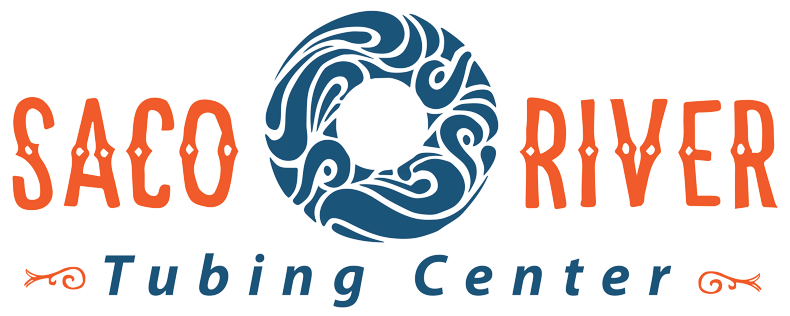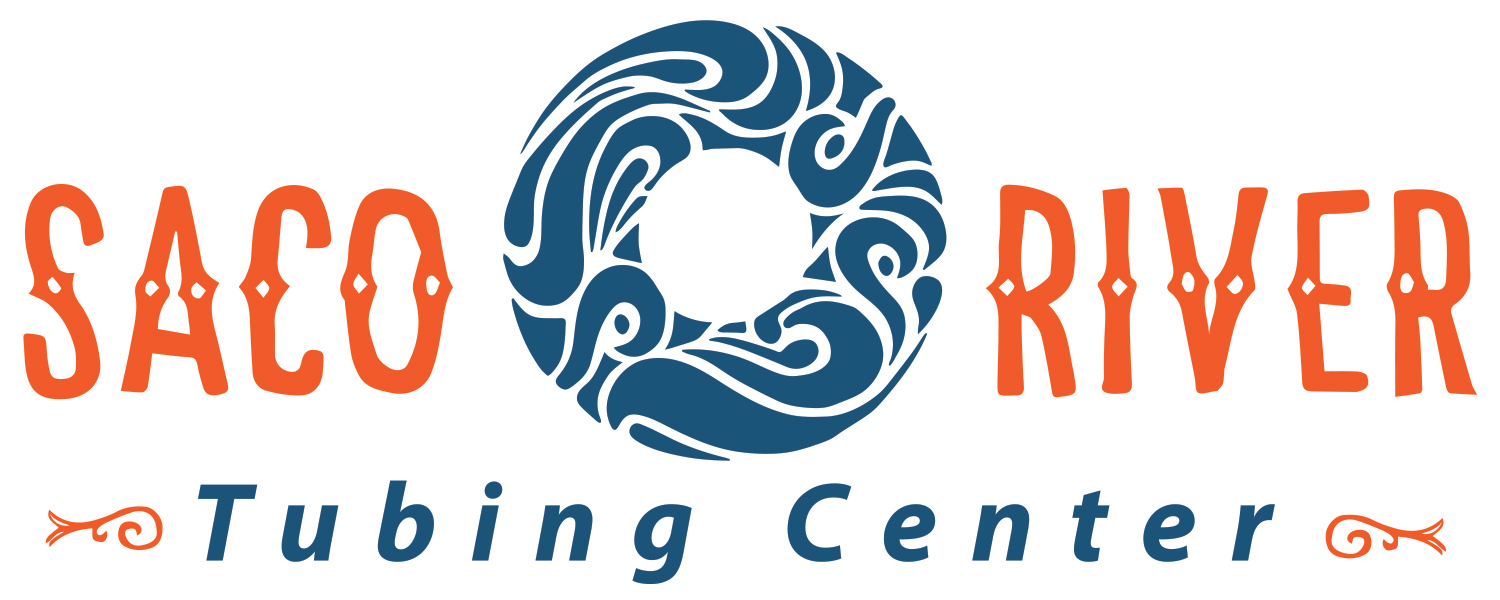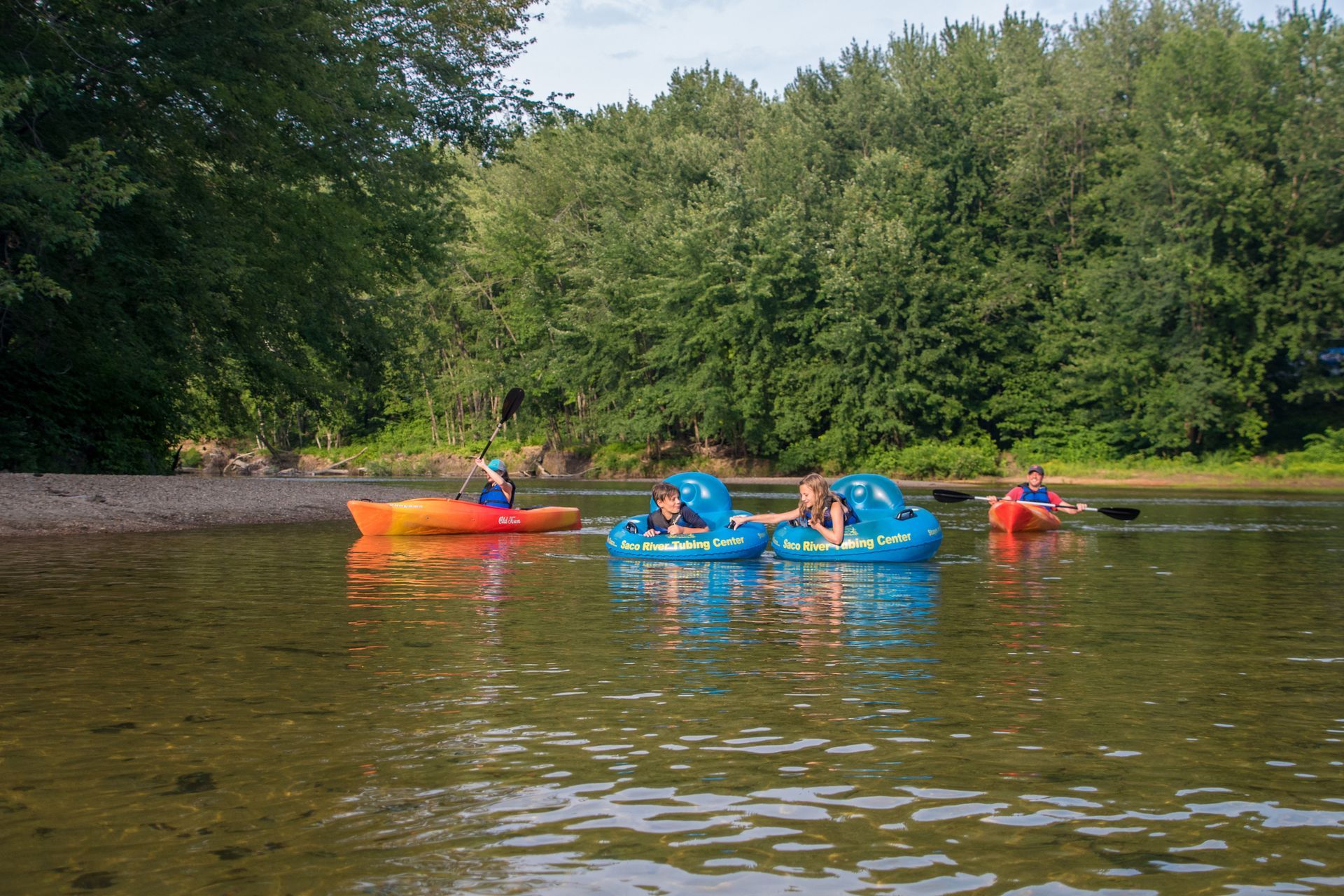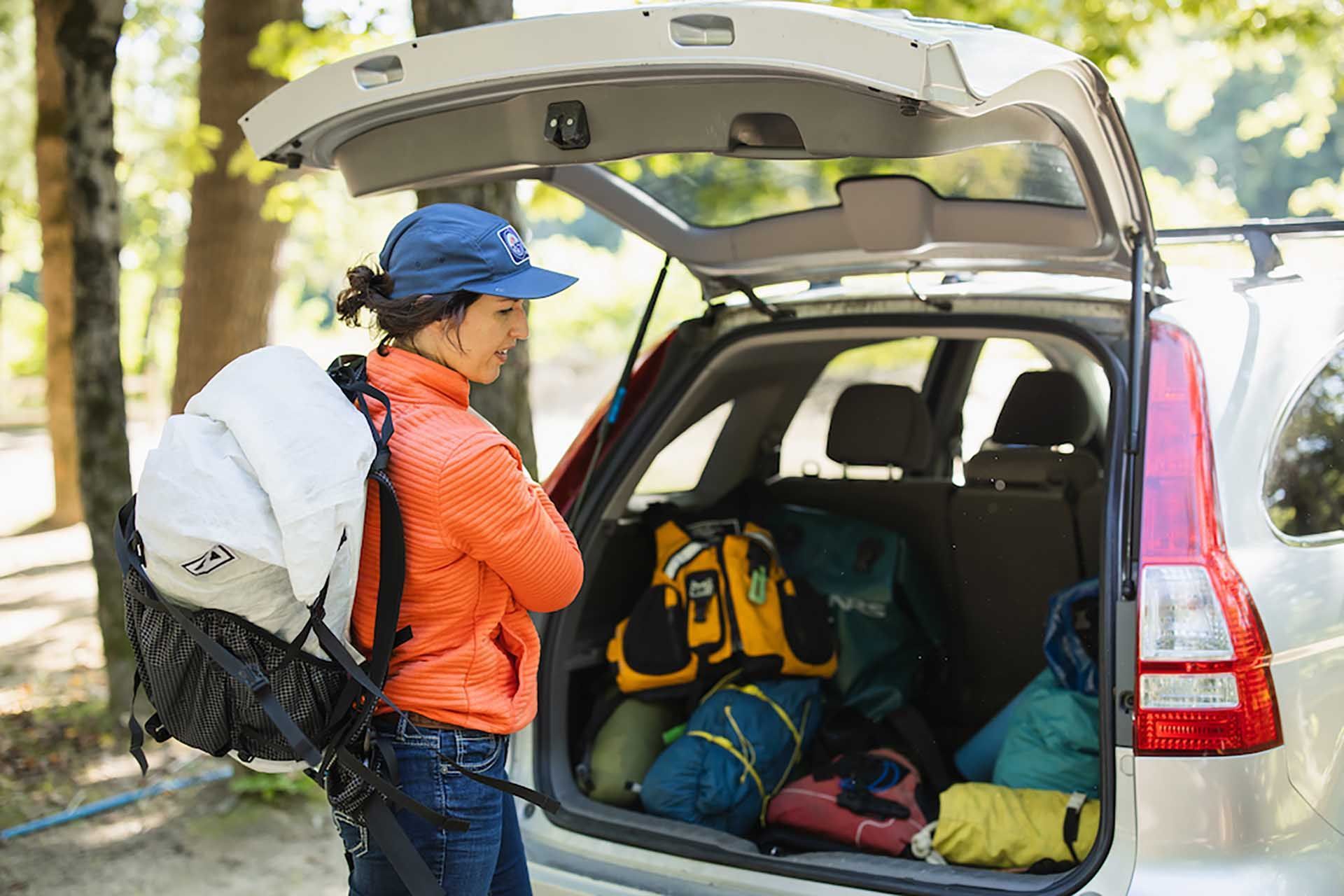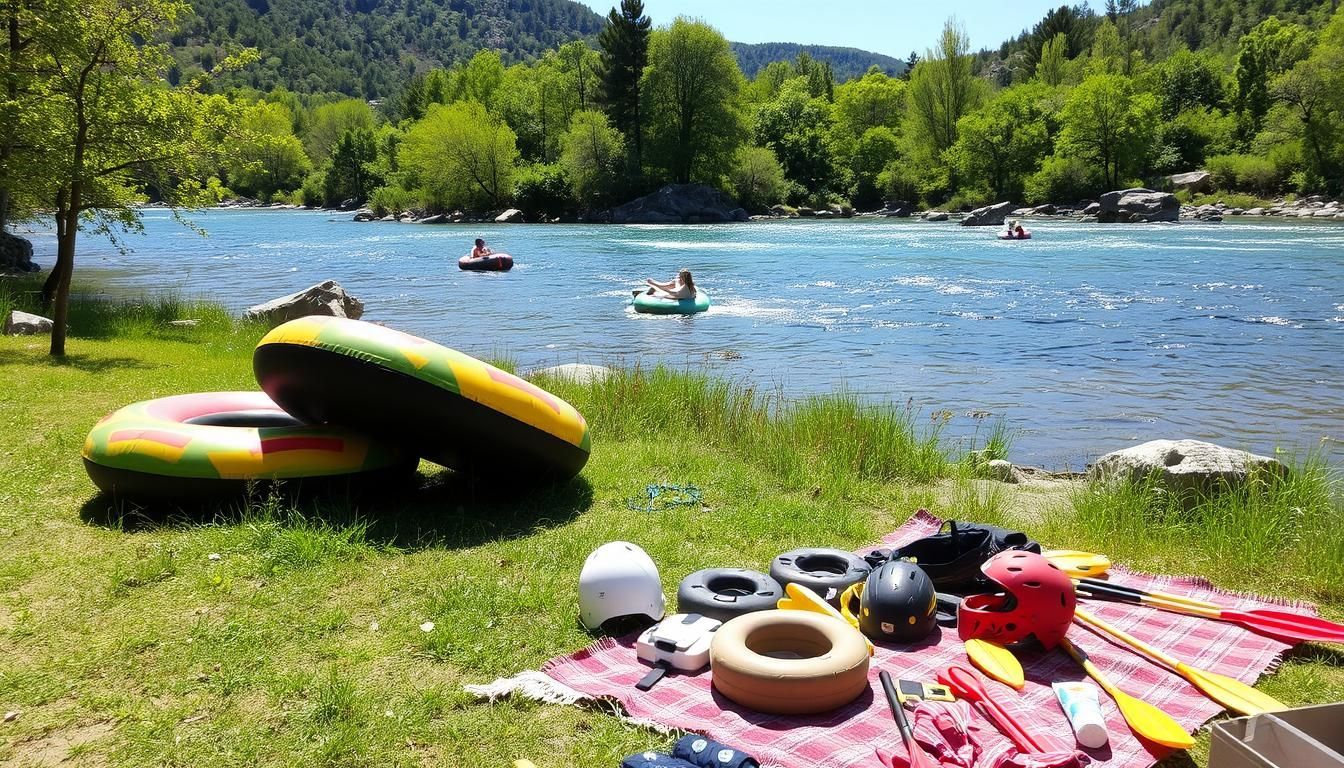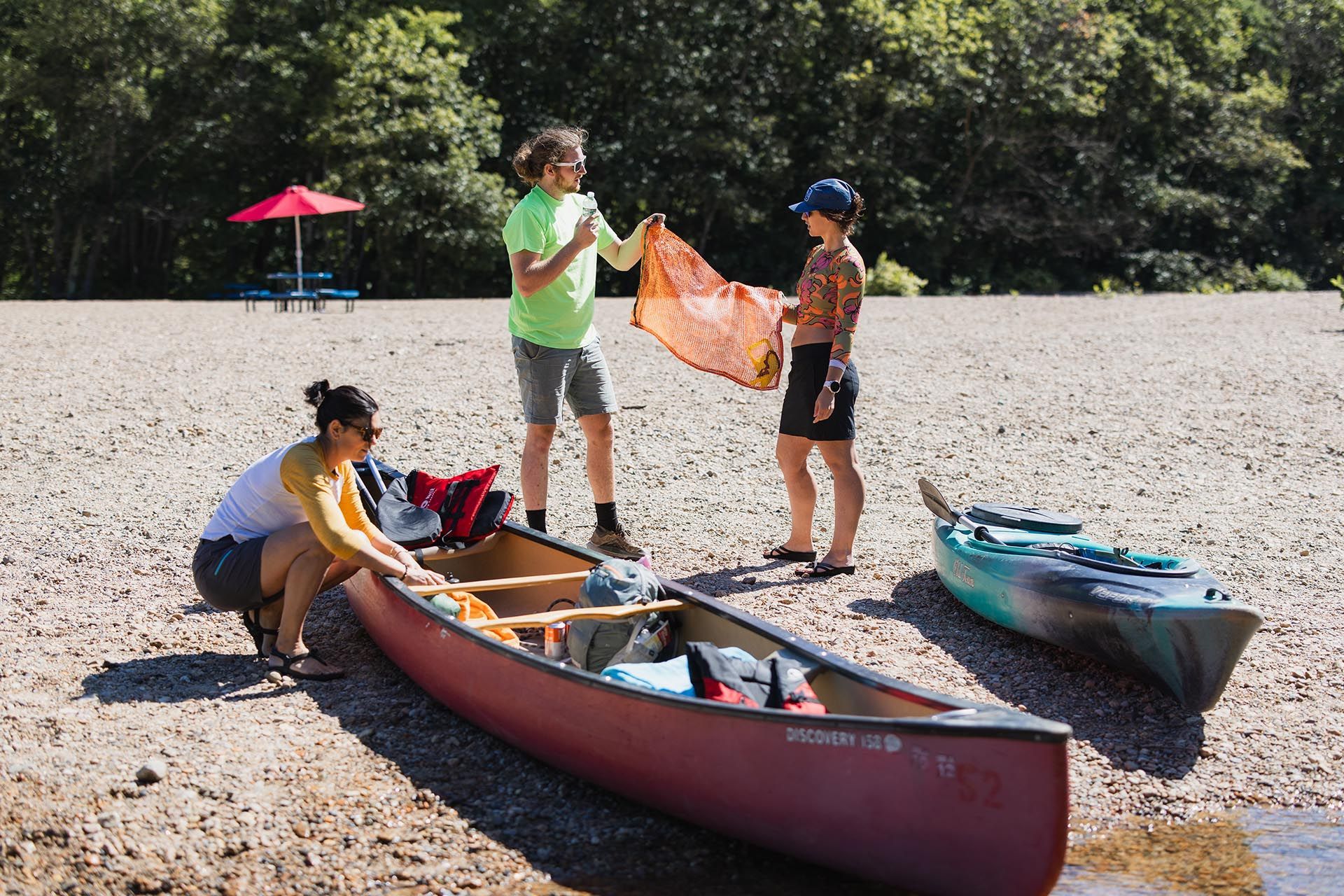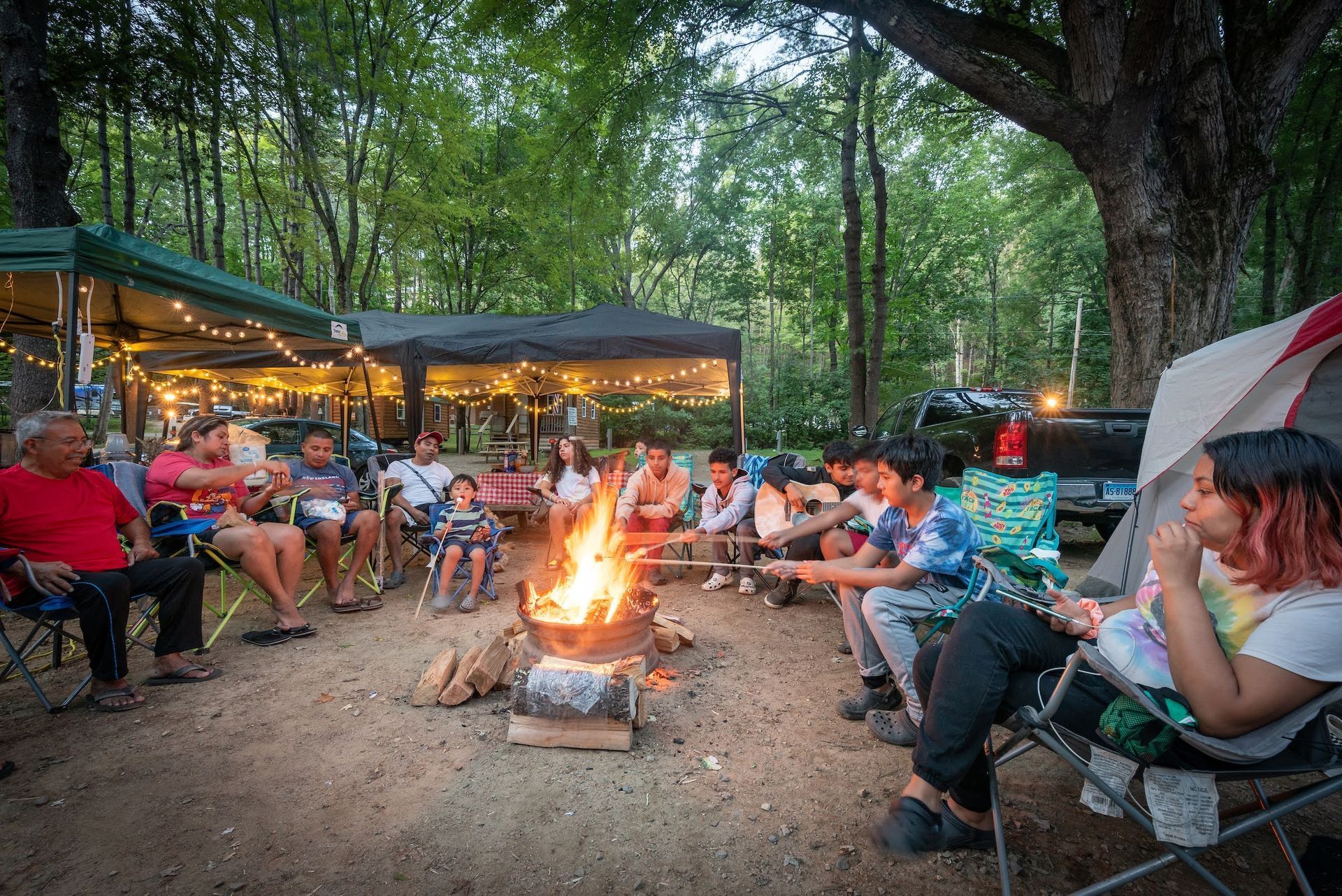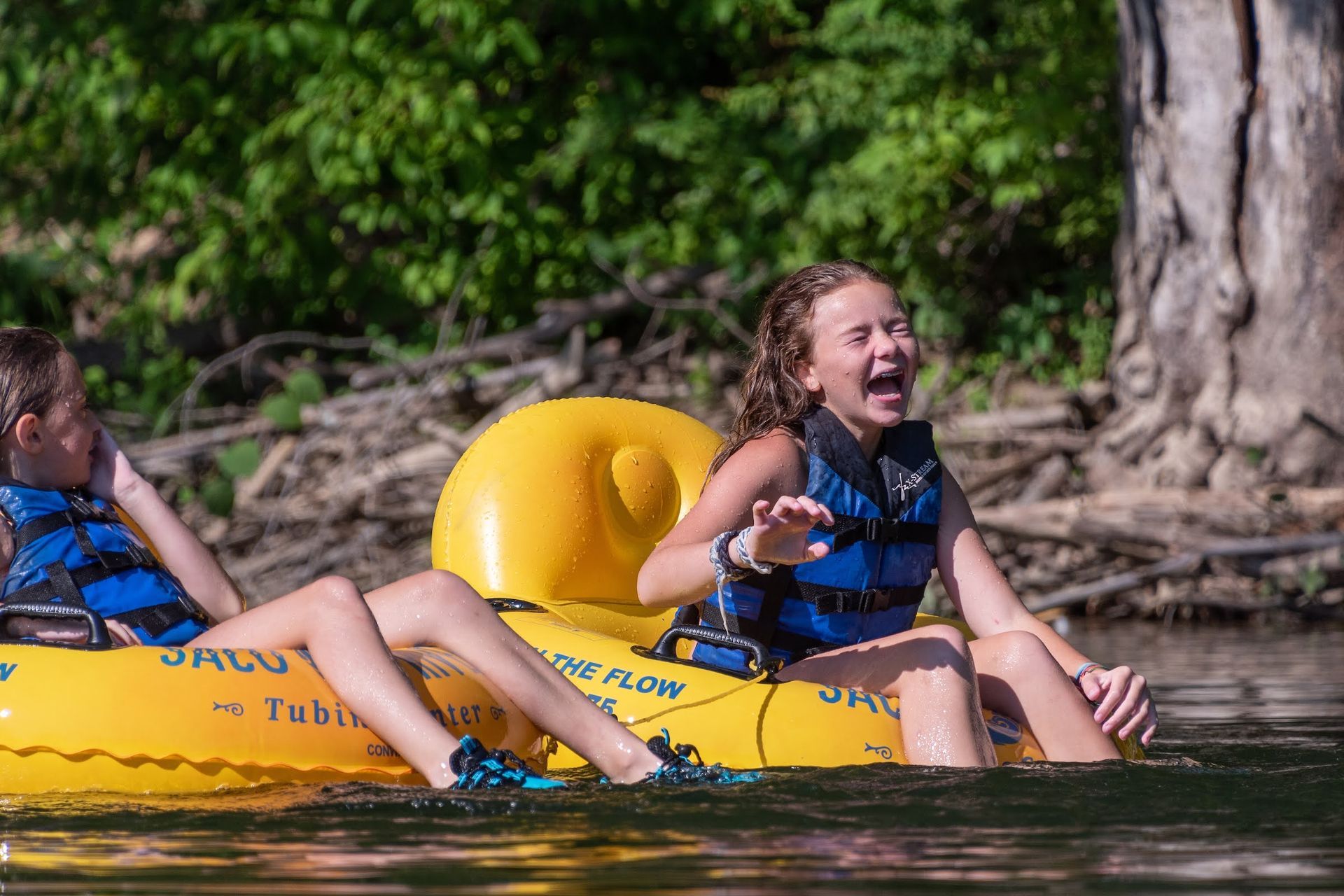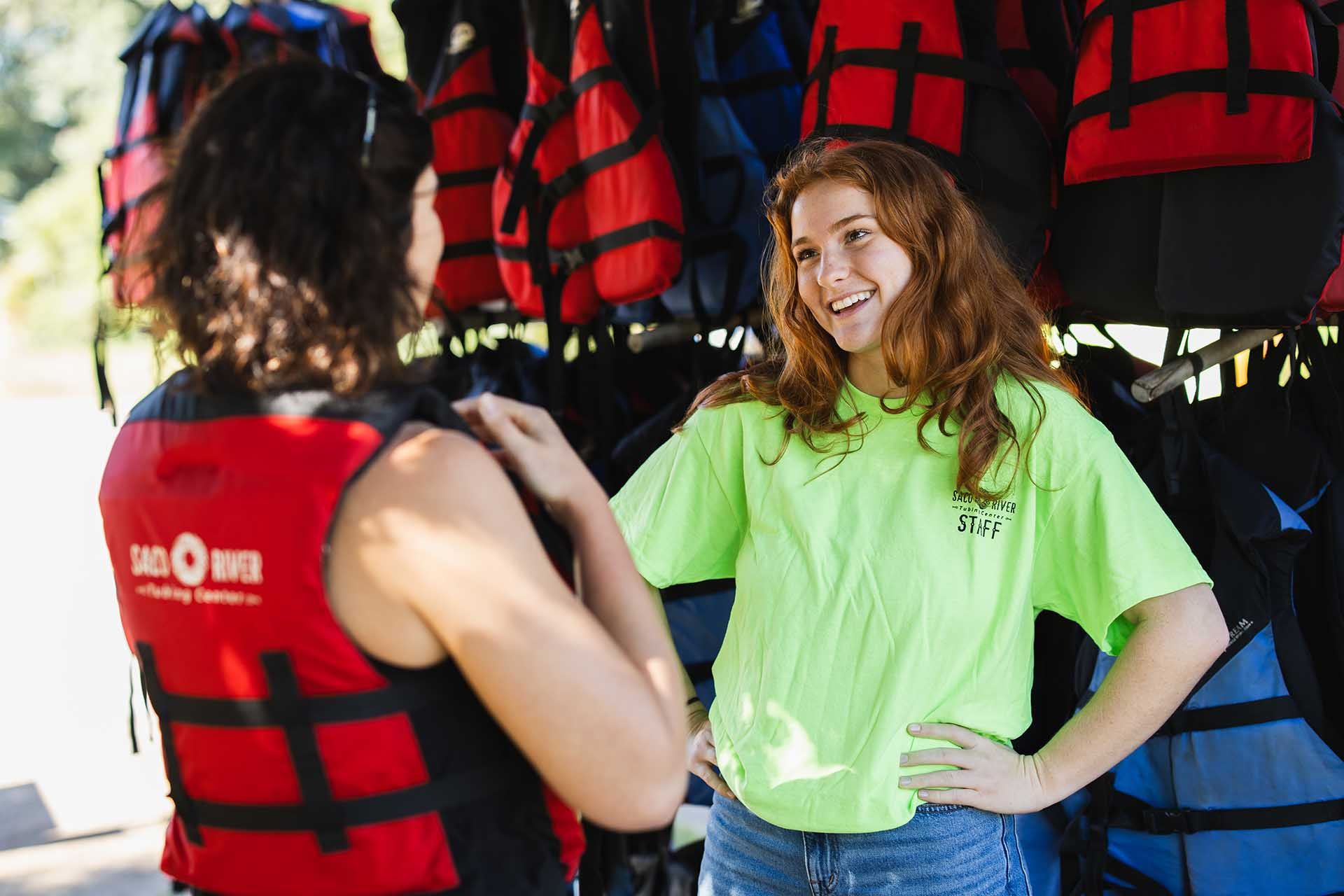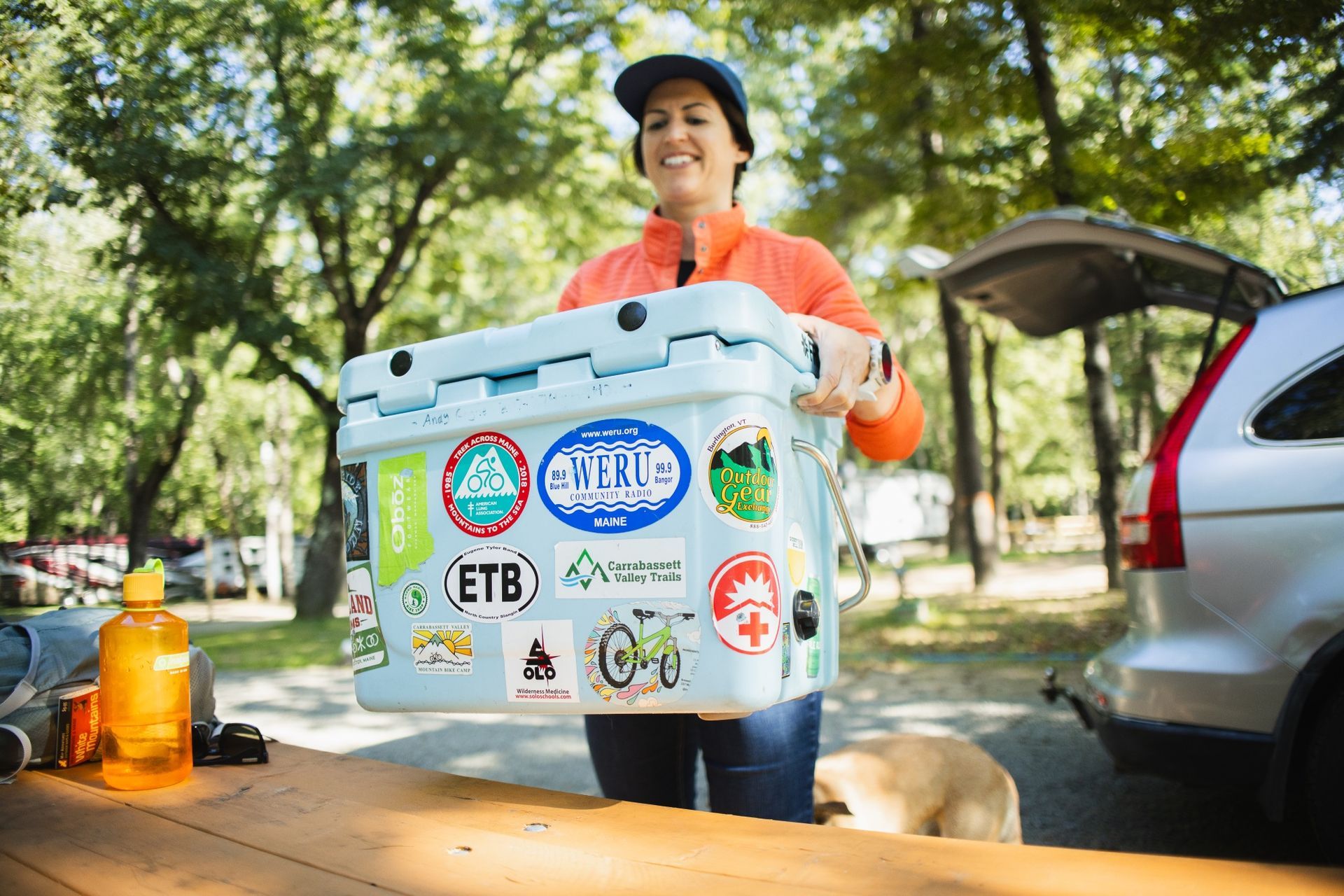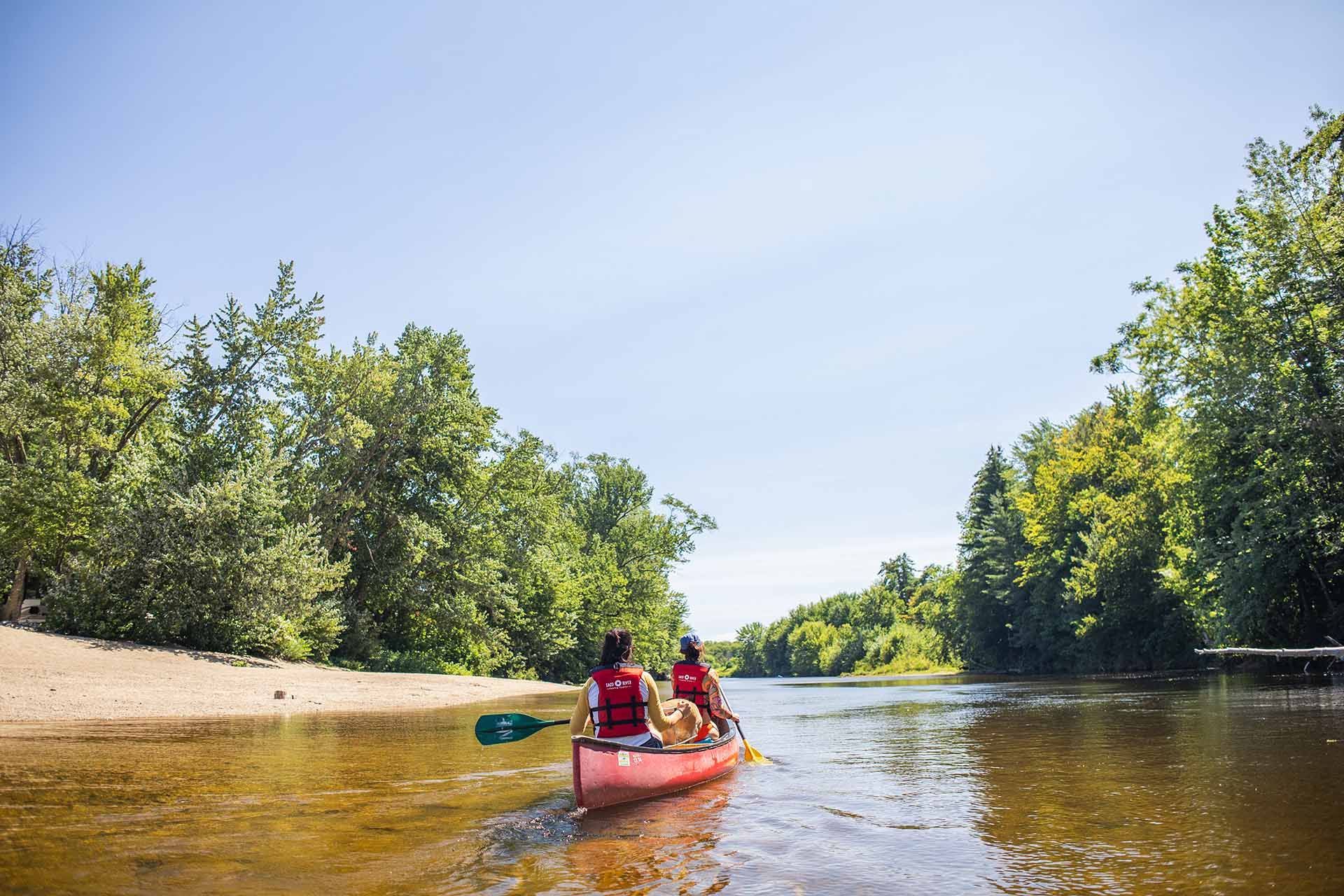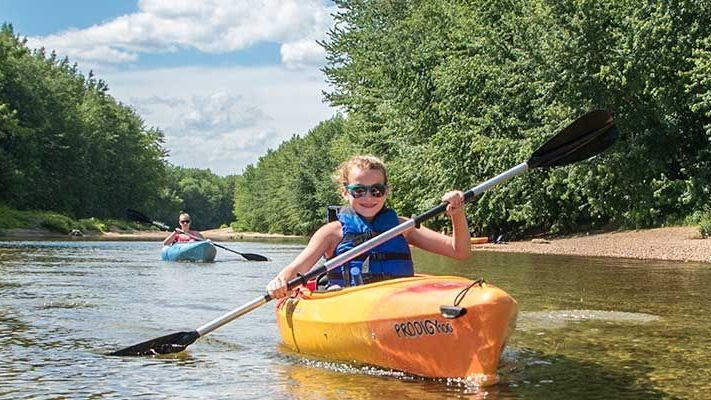Learn Canoe Paddling Techniques
Thinking about going on a solo canoeing trip but not sure how to paddle? No worries. You’re in the right spot. Whether you're planning a short afternoon float or a full-day river adventure, learning some basic paddling techniques can make your trip way more enjoyable (and a lot easier on your arms).
Canoeing is one of the best ways to explore rivers like the Saco River. It’s peaceful, relaxing, and gives you a chance to enjoy nature up close. Whether you're floating past trees, spotting birds, or just soaking up the sunshine, canoe paddling offers a great mix of fun and calm. Plus, it’s a great way to spend time with family or friends. If you're new, you might be asking, how do you sit in a canoe properly for best balance and comfort.
If you're still deciding where to paddle a one man canoe, take a look at
Why the Saco River is a Must-Visit Destination in New England to learn more about this beautiful spot. And if you're interested in kayaking solo too, you're in for a treat exploring both activities!
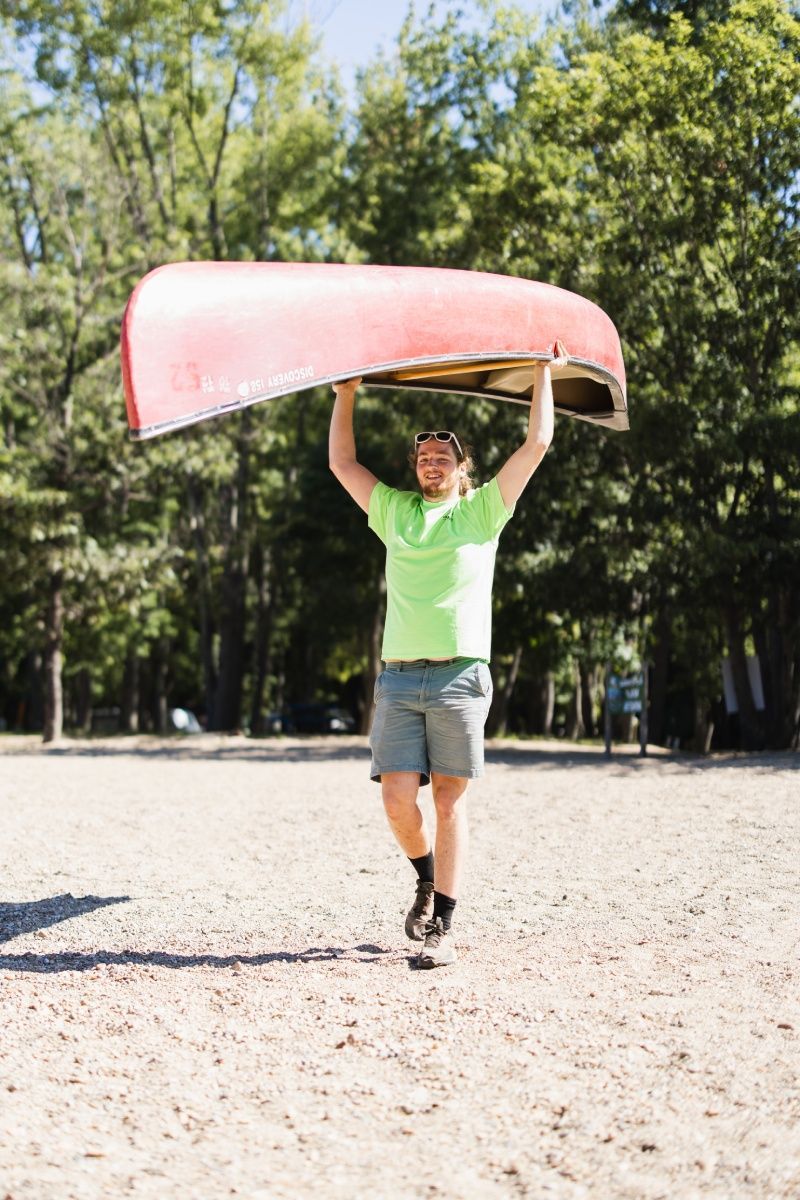
Getting Set Up in the Canoe
In a two-person canoe, you’ll have one person sitting in the front (called the bow paddler) and one in the back (called the stern paddler). The bow paddler sets the pace and helps watch for rocks, tree branches, or other things in the water. The stern paddler is in charge of how to steer canoe and keeping the canoe going in the right direction. Mastering steering a canoe is crucial to avoid spinning in circles!
If you're paddling a canoe solo, you'll want to sit closer to the center of the canoe to help balance things out. This way, paddling canoe solo becomes much more manageable and enjoyable.
Learning Canoe Paddling Strokes
Forward Stroke
Now let’s talk about how to actually paddle. The most important stroke is the forward stroke, which you'll use most of the time. To do it, reach your paddle forward along the side of the canoe, dip the blade into the water, and pull it straight back toward your hip. Then lift the paddle out of the water and repeat. Keeping your strokes smooth and steady will help you move forward without getting tired too quickly. These basic canoe tips will make a big difference on your journey.
Backward Stroke
When you need to stop or move backward, you’ll use the backward stroke. This one is just like the forward stroke, but in reverse. Start near your hip and push the paddle forward through the water. It’s a great move to master alongside how to steer a canoe for complete control.
J-Stroke
If you’re the one in the back of the canoe, you’ll also want to learn the J-stroke. This stroke helps you steer and keep the canoe moving in a straight line. You start with a regular forward stroke, but when the paddle reaches your hip, you twist your wrist and angle the blade away from the canoe in a small “J” shape. It might take a little practice, but once you get the hang of it, it really helps you stay on course. These canoeing tips are especially helpful for beginners wondering, "Can you canoe efficiently solo?"
Draw Stroke
Sometimes, you might need to move your canoe sideways, like when you’re trying to get closer to the shore or line up with a dock. That’s when the draw stroke comes in handy. You reach the paddle out to the side and pull the water toward you, which shifts the canoe sideways. To really move well, practicing paddle canoe skills like this is key.
Turning Your Canoe
Turning your canoe is easier than you might think. If you want to turn right, for example, the person in front can paddle on the left side while the person in the back does a backward stroke on the right side. It works the same way for a left turn, just switch sides. It’s kind of like steering a shopping cart with two paddles instead of wheels.
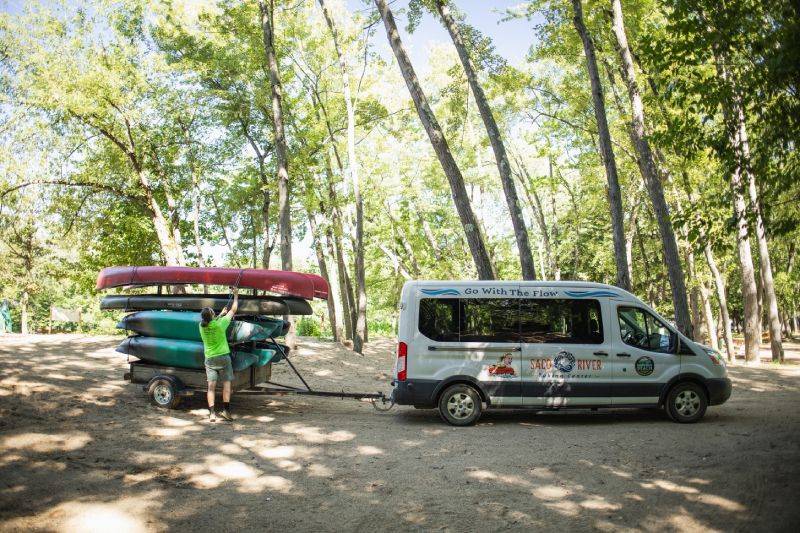
Extra Tips for a Smooth Ride
While paddling isn’t super complicated, a few small tips can make a big difference. First, try to paddle in sync with your partner. It makes the canoe glide more smoothly and helps keep you going straight. Switching sides every once in a while can also help your arms stay fresh. A good paddle guide can also make learning even easier.
When you're getting in or out of the canoe, move slowly and keep your weight low. Knowing how to enter a canoe properly helps avoid unnecessary tipping. Always focus on sitting in canoe with your weight centered to maintain balance. Mastering the basics of canoeing is the foundation for a safe and fun trip.
When you're at the shoreline, knowing how to get into a canoe the right way — one foot at a time, staying low — prevents accidental swims.
Canoeing on Rivers and Lakes
Whether you are on a canoe on river adventure or exploring a quiet lake, understanding the water’s flow is crucial. When navigating, remember: which is the most stable position for canoe paddlers? It’s always sitting or kneeling low and centered in the canoe. Avoid quick movements that might cause tipping a canoe.
Always watch the front end of a canoe to make sure you’re aligned properly with the current. Whether it's a canoe in a river or a lake, awareness is key. Curious about how hard is kayaking compared to canoeing? It’s similar but offers slightly different challenges.
Picture this: you’re paddling a canoe on a river, facing little rapids, steering carefully with the canoe front leading the way. Or gliding on calm waters, feeling your canoe in a lake slice smoothly across the surface. No matter what, being connected with your canoe in the water is a powerful experience.
Fun Facts About Canoes
Wondering how long is a canoe typically is? Most canoes are about 16 to 17 feet long, perfect for balancing speed and stability.
As you practice, you'll notice the difference between simple canoe strokes versus mastering advanced canoe paddle strokes to maneuver like a pro.
How Is Kayaking Different from Canoeing?
Now you might be wondering how kayaking is different from canoeing. Great question. While they both involve paddling on water, there are some key differences between the two activities:
If you’re thinking about trying kayaking too, check out our easy beginner guide: Learn How to Paddle a Kayak. It’s a great next step for outdoor fun.
- Paddles: Canoes use a single-bladed paddle. Kayaks use a double-bladed paddle, so kayakers switch sides with every stroke.
- Seating Position: Canoeists either kneel or sit on a raised seat. Kayakers sit lower inside the boat with legs stretched out.
- Stability: Canoes tend to feel more stable because they’re wider. Kayaks are narrower and sit lower in the water.
- Storage and Space: Canoes are open with more room for gear. Kayaks are more closed in, with smaller, watertight storage areas.
If you’re thinking about trying kayaking too, check out our easy beginner guide: Learn How to Paddle a Kayak. It’s a great next step for outdoor fun.
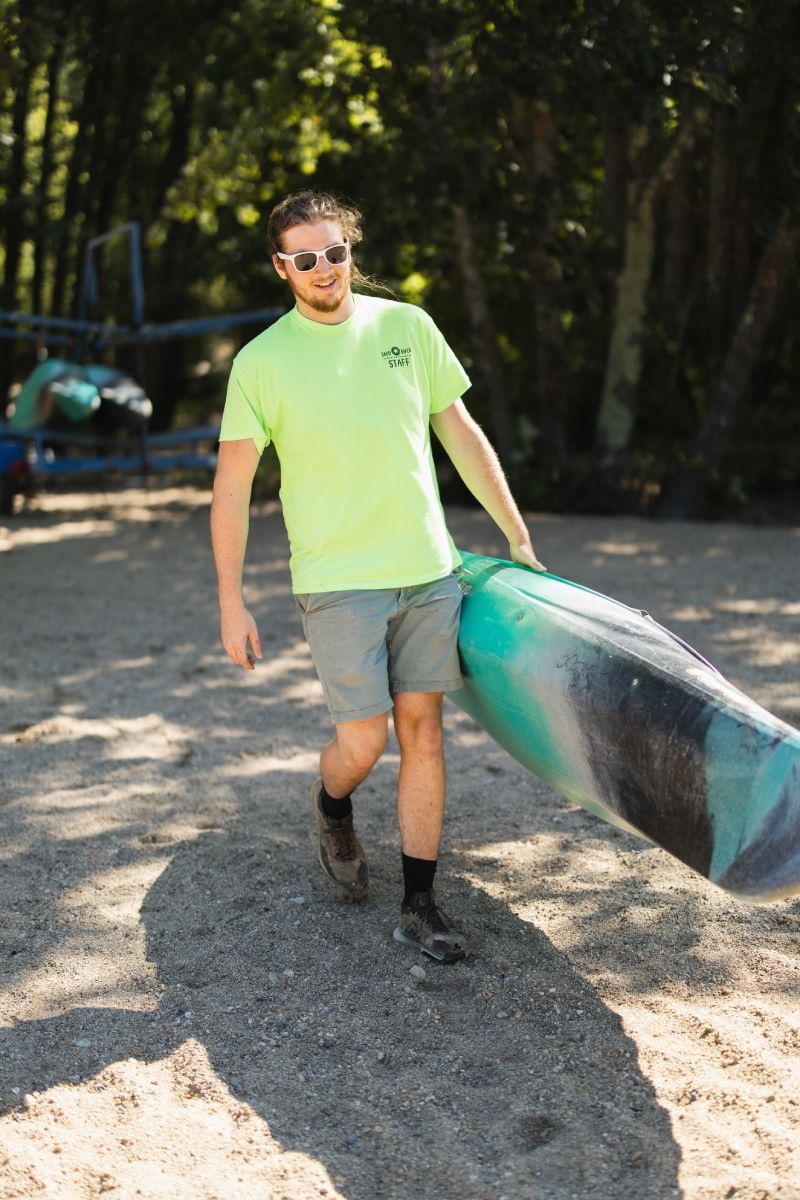
Time to Hit the Water
Now that you’ve got the basics of canoe paddling down, you’re ready for your next adventure. The Saco River is one of the best places to start to learn how to paddle a canoe. It’s calm, scenic, and perfect for paddlers of all skill levels. Whether you're looking to float for a few hours or spend the whole day exploring, there's something for everyone.
Ready to book your canoe trip on the Saco River?
Ready to book your canoe trip on the Saco River?
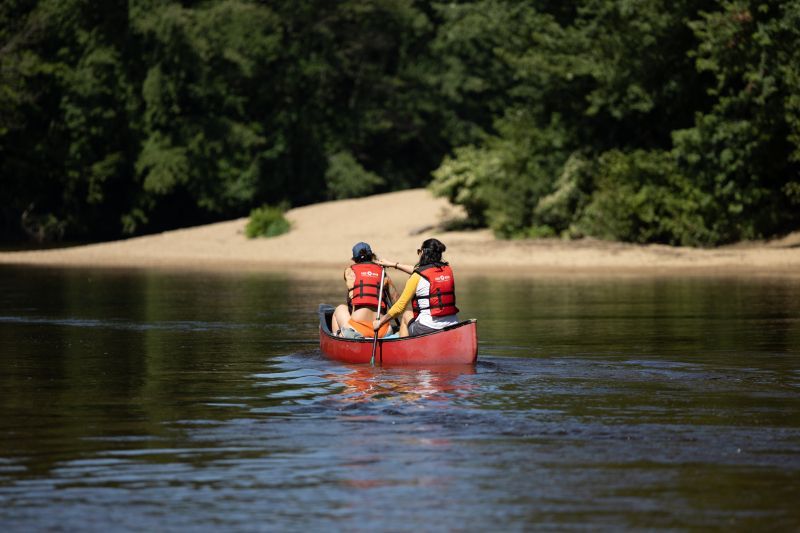
We’ll see you out on the water. Happy paddling!
